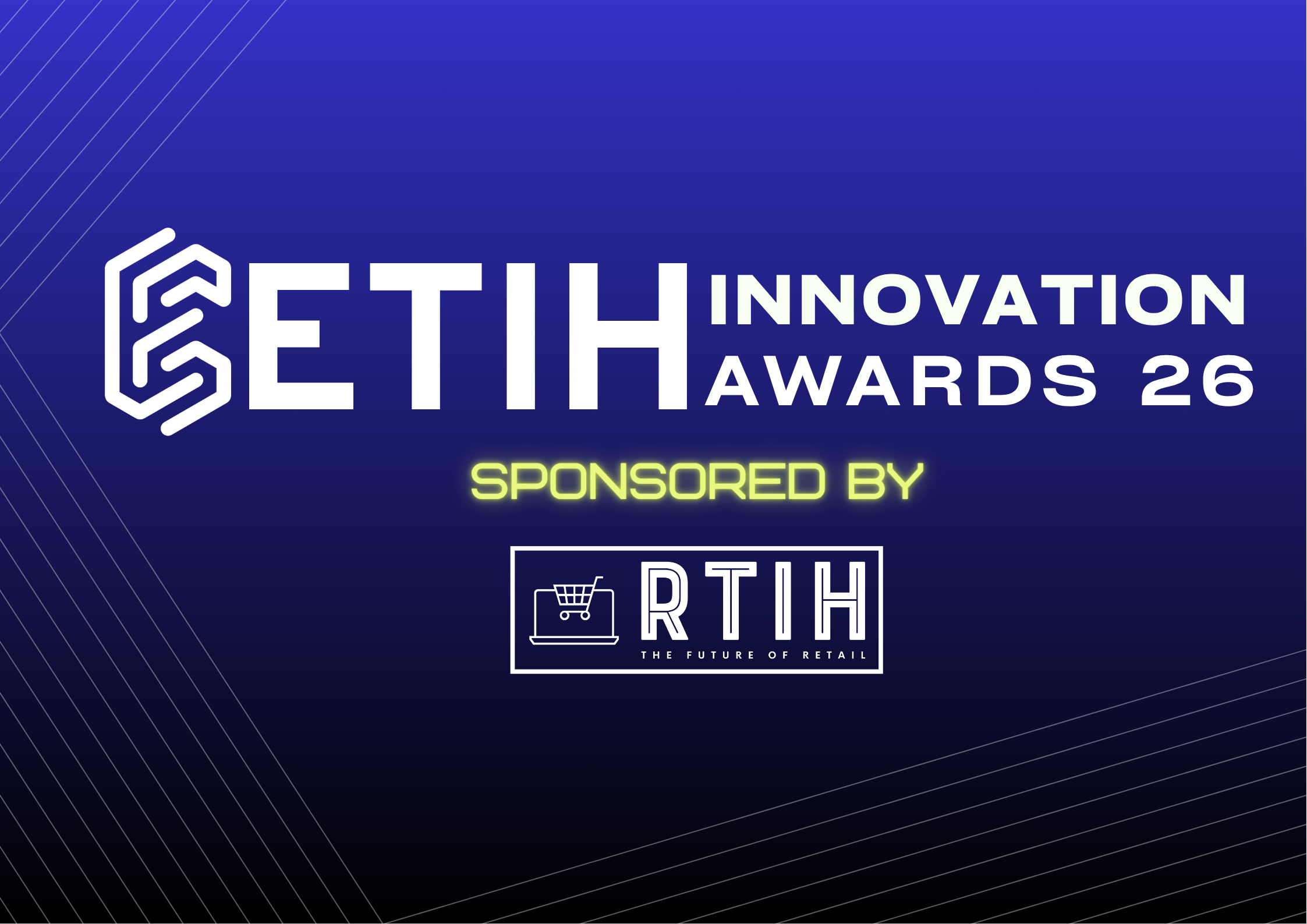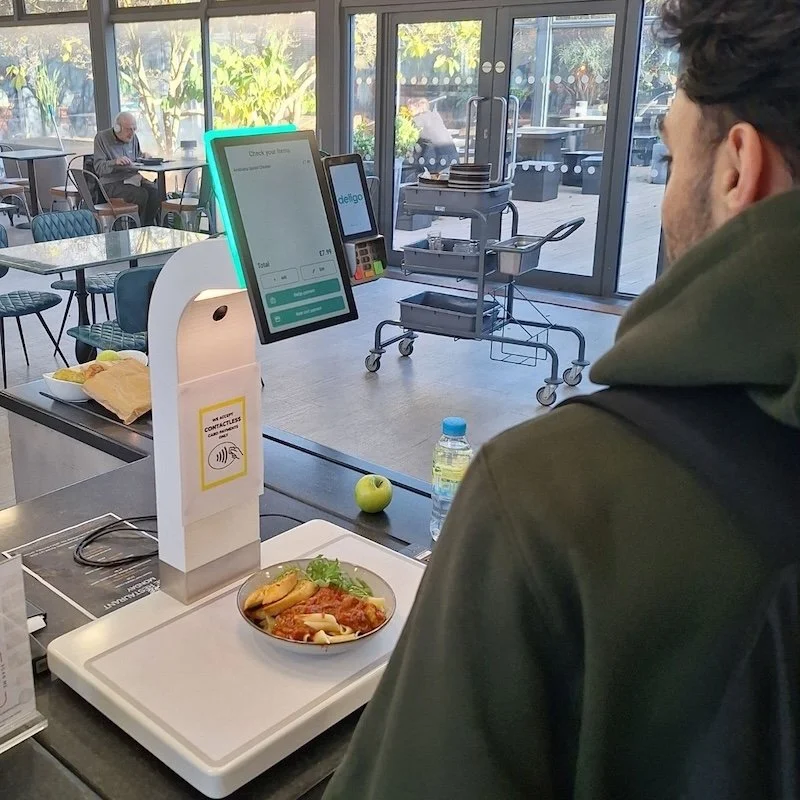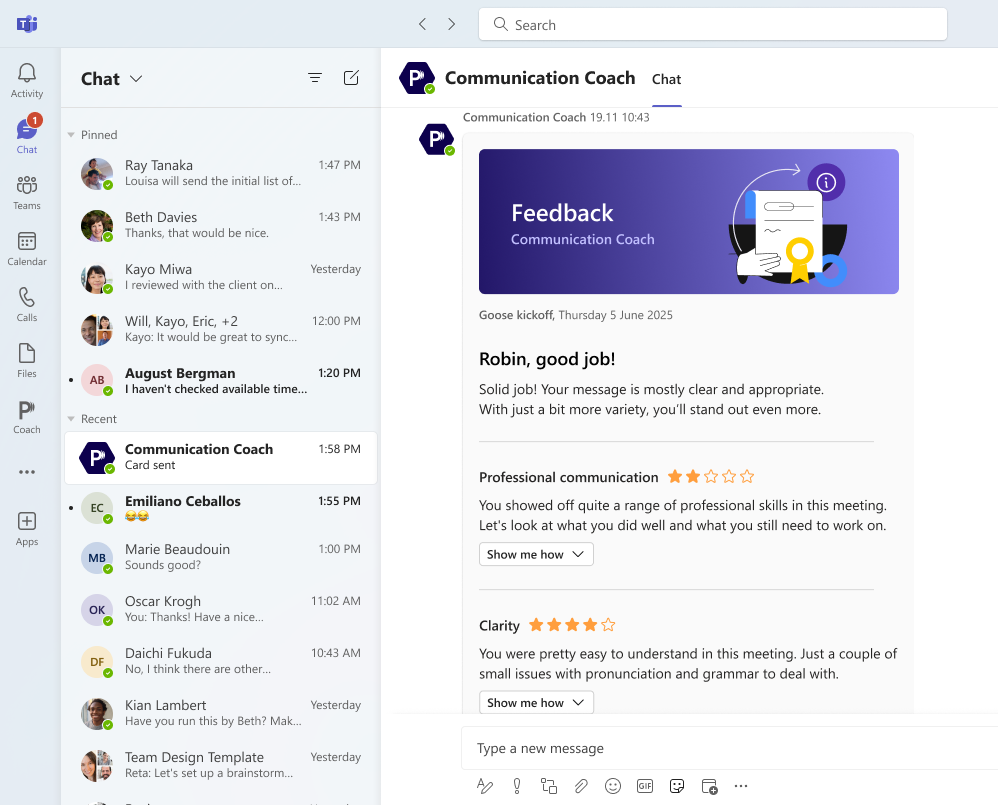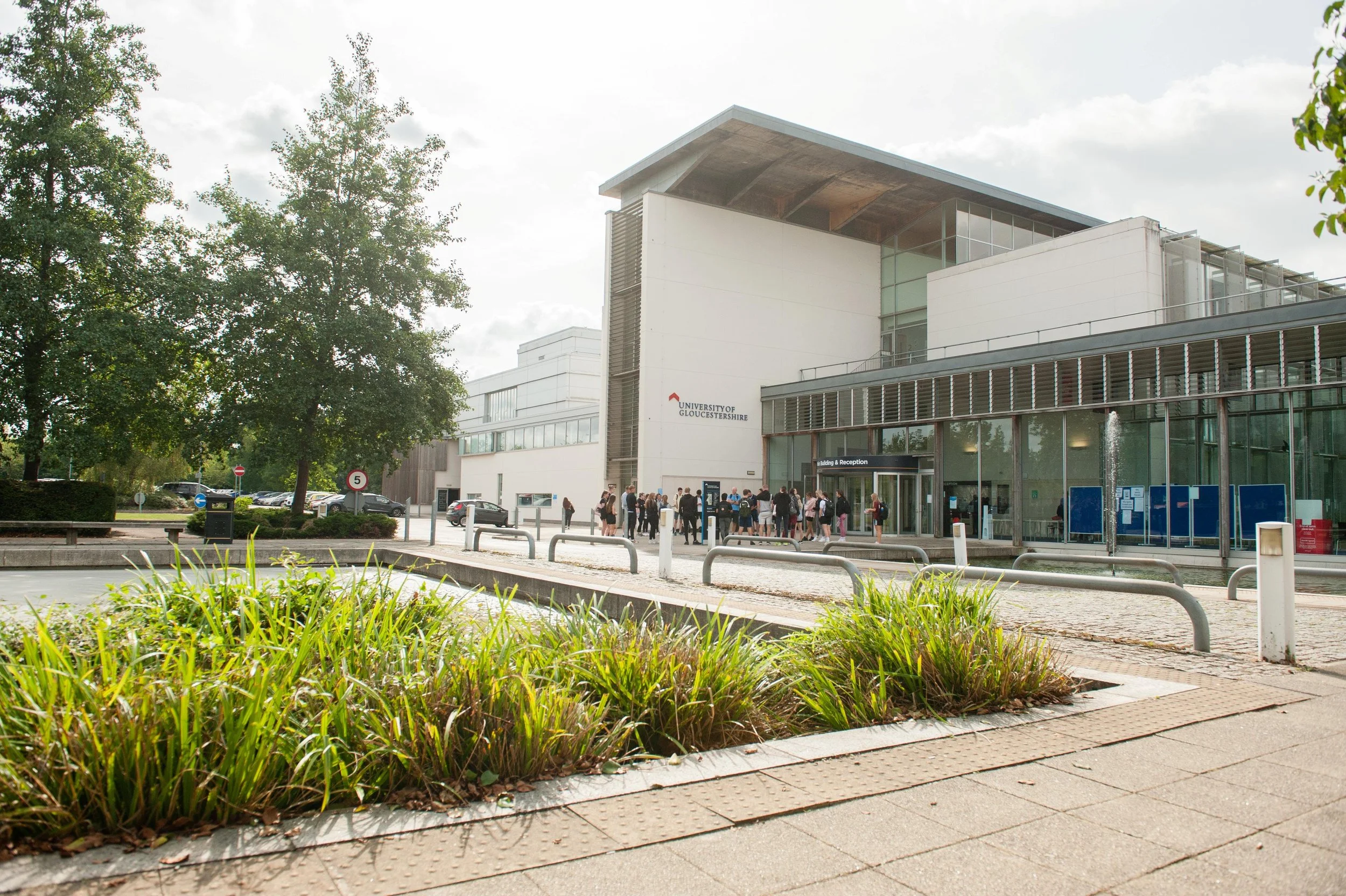Meeting the rising demands of special education: How tech can restore time, trust, and balance for educators
Maura Connor, Chief Operating Officer at Better Speech, explores how rising administrative demands, staffing pressures, and growing student needs are reshaping special education across the United States.
She leads Streamline, an AI-powered special education management platform designed to ensure compliance, optimize workflows, and support educators in delivering student outcomes.
The work of special education teams is becoming increasingly more complex with growing paperwork burdens and caseloads.
The right technology can turn these challenges into opportunities for better support, compliance, and student outcomes.
Across the United States, special education programs are under extraordinary strain. Districts are increasingly serving more students with complex needs while grappling with staffing shortages, evolving compliance requirements, and a relentless increase in administrative workload. For many special education leaders, the equation no longer balances: educators are spending more time on documentation and administrative tasks and less on direct student engagement.
The question facing district leaders is no longer whether to use technology to manage these demands. It’s how to do it in a way that actually lightens their burden and improves student outcomes.
The growing weight of special education administration
Special education has always required precision and transparency. Each student’s Individualized Education Program (IEP) demands careful coordination between teachers, therapists, service providers, and administrators. But, as federal and state regulations evolve and student needs diversify, the paperwork and data tracking required for compliance have expanded exponentially.
In conversations with special education leaders across multiple districts, a clear pattern has emerged: teams are drowning in fragmented systems, manual data entry, and overlapping workflows. Many spend hours reconciling service logs, verifying minutes, and managing audit readiness. The result is a cycle of reactive management that leaves little time for proactive planning or meaningful collaboration.
The impact extends beyond compliance as burnout among special education staff is rising sharply. Teachers and service providers report feeling burdened by never-ending paperwork, which can divert their focus from helping students thrive in school and beyond.
Technology’s turning point in special education
For years, technology in special education has focused on digitizing forms or storing data. That era is ending. Today’s most promising solutions move beyond documentation and leverage AI, automation, and collaboration to orchestrate service delivery. Innovative technologies empower special education teams with insightful analytics, time-saving workflows, and real-time reporting.
When technology is applied thoughtfully, it becomes a lever for balance rather than another system to manage. The new generation of platforms in special education use automation and AI to handle the repetitive administrative tasks that consume time and energy, such as generating progress reports, flagging compliance risks, aligning service schedules with provider capacity, and much more.
It is important to remember that technology is not about replacing educators; it’s about restoring their time and professional judgment. AI, for example, can analyze trends across hundreds of student records in seconds, identifying gaps in service delivery or inconsistencies in documentation that would otherwise go unnoticed until an audit. Educators can then focus their expertise where it matters most on teaching, therapy, and family engagement.
Bridging data, people, and purpose
Effective special education depends on communication and collaboration. Every student’s plan involves a network of professionals and caregivers. Yet, in many districts, these teams work in silos, each maintaining their own records and systems. Often, families are left outside the fold when, in fact, they are important partners in their child’s success.
Unified technology can bridge those divides and create shared visibility across the entire special education process. When case managers, therapists, and administrators all see the same data in real time, coordination improves and accountability strengthens. And, decisions become data-driven, not data-delayed.
This extra visibility can help engage families in the process while reducing the potential for conflict and due process complaints.
Conclusion
Technology should amplify the work already happening in special education. When educators can focus their time on working with students rather than dealing with paperwork, they can have a much stronger impact on student outcomes.
Technology can’t fix a system if it doesn’t understand the human context. The most successful districts approach digital transformation in special education not as a software rollout, but as a cultural shift. This includes respecting the expertise of educators and empowering them to reclaim their professional mission.
It also means involving teachers, evaluators, and service providers early in design and implementation, ensuring the technology tools used reflect real-world workflows and streamline processes. And, it requires district leadership to view innovation as a necessity to sustain special education programs in the years ahead.
























